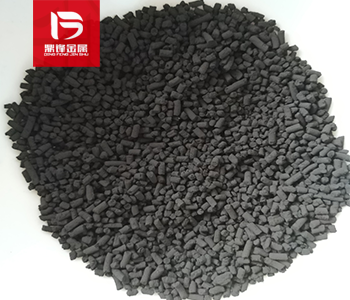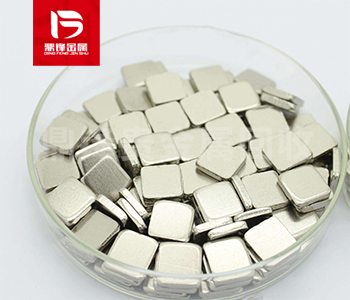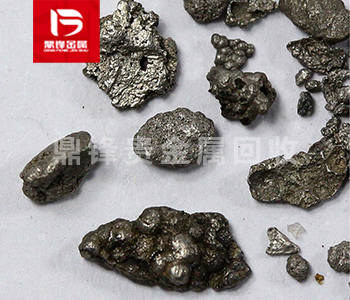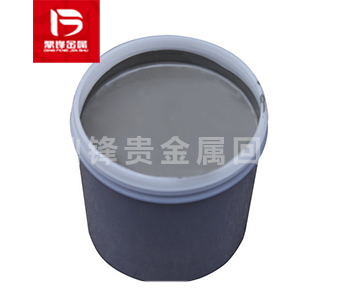Palladium recovery_ What is Diphenylphosphine palladium? Characteristics and Main Applications of Diphenylphosphine Palladium
What is Diphenylphosphine palladium?Diphenylphosphine palladium, also known as palladium (Dppf) catalyst, is an organometallic compound widely used in various reactions in organic chemistry, including
What is Diphenylphosphine palladium?
Diphenylphosphine palladium, also known as palladium (Dppf) catalyst, is an organometallic compound widely used in various reactions in organic chemistry, including cross Coupling reaction, Stereoselectivity reaction and asymmetric reaction. This catalyst provides a range of benefits, from increasing reaction yield to simplifying reaction conditions. The compound is light yellow and soluble in several organic solvents such as toluene, benzene and dichloromethane. Pd (Dppf) shows high catalytic activity in various synthesis processes, especially in cross Coupling reaction.

Characteristics of Diphenylphosphine palladium in catalytic reaction:
1. Cross Coupling reaction involves coupling two organic molecules using metal catalysts. This reaction allows the generation of Carbon–carbon bond and carbon heteroatom bond, which is crucial for the development of organic compounds used in different fields such as material science, medicine and agriculture. Diphenylphosphine palladium has been widely used as a catalyst for cross Coupling reaction.
2. One of the most popular cross Coupling reaction methods is Suzuki reaction, which catalyzes the coupling of aryl halides and Organoboron chemistry. This reaction is carried out under mild conditions, usually using palladium catalysts. Using Diphenylphosphine palladium in Suzuki reaction can improve the yield and specificity of the reaction. In addition, Diphenylphosphine palladium is also used in other cross Coupling reaction, such as Heck reaction, Stille reaction and Negishi reaction.
3. Stereoselectivity reactions include the selective formation of specific Stereoisomerism of compounds. Diphenylphosphine palladium has been proved to be effective in promoting the Stereoselectivity synthesis of various compounds. For example, in the synthesis of chiral phosphine ligands, Diphenylphosphine palladium has been proved to be effective in promoting the formation of specific enantiomers. Another example of Stereoselectivity synthesis using Diphenylphosphine palladium involves the synthesis of Tetrahydroisoquinoline derivatives. In this reaction, palladium catalyst promoted the formation of trans Stereoselectivity in the compound. These examples illustrate the potential of Diphenylphosphine palladium in Stereoselectivity synthesis, which may lead to the development of compounds with specific Stereochemistry properties.
4. Asymmetric reactions involve the formation of chiral compounds with high Stereoselectivity. Diphenylphosphine palladium has been proved to be effective in promoting asymmetric catalysis in various reactions. One such reaction is Allyl group Substitution reaction, which involves replacing Allyl group with nucleophilic reagent. Diphenylphosphine palladium is an effective promoter with high Stereoselectivity for Allyl group Substitution reaction. In addition, Diphenylphosphine palladium is also used in other asymmetric reactions, such as Suzuki Miyaura coupling, Sonogashira coupling and Negishi coupling.
Main applications of Diphenylphosphine palladium:
1. The use of Diphenylphosphine palladium can have a significant impact on pharmaceutical, material science, agriculture and other applications. One such application is the synthesis of pharmaceutical compounds. Diphenylphosphine palladium can be used to synthesize various pharmaceutical compounds, such as Antiviral drug, anticancer drugs and anti-inflammatory drugs. The increase of yield and specificity of the reaction using Diphenylphosphine palladium can lead to the development of more effective drugs.
2. Another application area is materials science. Diphenylphosphine palladium has been used to synthesize various materials, such as polymers, liquid crystals and semiconductors. The high Stereoselectivity and specificity of the reaction can lead to the development of materials with specific properties, such as increased conductivity or specific chiral properties.
3. In agriculture, Diphenylphosphine palladium can be used to synthesize various agricultural chemicals such as pesticides and herbicides. The high yield and specificity of these reactions can lead to the development of more effective and less negative environmental impact agricultural chemicals.
&Quot; Dingfeng Precious Metals Recycling includes precious metals such as gold, silver, palladium, rhodium, platinum, germanium, iridium, ruthenium, etc. This is our business in precious metal recycling. If you have precious metals such as gold, silver, palladium, rhodium, platinum, germanium, iridium, ruthenium that need to be recycled, please contact us and we will provide you with a satisfactory price& Quot;










